It was 2013. Sonos invited us to their headquarters in Santa Barbara to check out the company’s first-ever home theater product: the Sonos PlayBar. The PlayBar was a sleek soundbar with a modern look and sound that could fill a living room. It elevated TV sound to the next level while also seamlessly integrating with the company’s wireless whole home music ecosystem. Over time, the company expanded its soundbar line-up with smaller low-cost options (Sonos Beam and Beam 2, Sonos Ray), and the novel PlayBase which actually sat underneath a TV. In 2020, the company launched a new flagship soundbar, the Sonos Arc (originally launched at $799, but now selling for $899).
Earlier this month, Sonos unveiled the successor to the Arc, the Sonos Arc Ultra ($999). The Arc Ultra offers a new sleeker industrial design, upgraded drivers and improved processing. But, at least on paper, (since we haven’t had a chance to check it out in person yet), it doesn’t seem like a radical departure from the current Arc soundbar. But maybe that’s the point? “If it ain’t broke…”
The Arc Ultra offers a single HDMI input (with ARC/eARC support), Dolby Atmos decoding (but no DTS:X) and integration with the Sonos whole home music ecosystem. It also supports expansion via an optional subwoofer (or two) and surround speakers for discrete immersive Dolby Atmos surround sound for music, TV shows and movies. If these specs seem familiar, it’s probably because the original Sonos Arc offered similar features and functionality.

The two upgrades we had been hoping for over the original Arc were a second HDMI port, for direct connection of a disc player, gaming console or streaming player, and DTS:X decoding. While it may be possible to add the latter in a software upgrade, hardware is hardware so that second HDMI input isn’t coming to the Arc Ultra… ever. Like the original ARC, the Arc Ultra specs say that it can decode standard (legacy) DTS Digital Surround but there is a footnote to that: “This is not an indication of a licensed decoder.” So how does one decode DTS without a licensed DTS decoder? An intriguing question. But one we cannot answer just yet.
The Arc Ultra is a bit more limited in which surround speakers can be used to augment the immersive effect with rear channels. The original Arc supported the following as rear channel speakers: Sonos One, One SL, Play:1, Play:3, Play:5, Five, Era 100, Era 300, Ikea Symfonisk lamp speaker, Symfonisk Gen 2, Sonos Connect:Amp and the Sonos Amp (with any speakers connected). For the Arc Ultra, the options are: Era 100, Era 300, Sonos One, One SL, Five, Symfonisk (Gen 2) or Sonos Amp. So basically the Arc Ultra discontinues support for the Play:1, Play:3 and Play:5 as well as the Connect:Amp and the original Ikea Symfonisk lamp speaker as surround options. That last one was a decidedly cool option if you liked your rear speakers to hide in plain sight. Sonos tells us that these earlier speakers like the Play:1 have “insufficient computational power to support being used as rears with Arc Ultra due to the performance required for modern home theater experiences.”

Does any of this matter to new Sonos customers? Probably not as these folks will likely buy the surround speakers with or after the Arc Ultra purchase and they won’t be pairing it with older Sonos products. But if you’re upgrading from an Arc to an Arc Ultra, you should aware that your current surround speakers may no longer be supported with the Arc Ultra. Similarly, if you want to use two subwoofers with the Arc Ultra for maximum bass performance, you’ll need to use either two sub 4s (the latest version), two subs (gen 3) or one of each. Earlier versions of the Sonos sub are compatible with the Arc Ultra in single subwoofer mode only. The Arc Ultra also supports pairing with a Sub mini for enhanced bass in smaller spaces.
Sonos recommends pairing the Arc Ultra with two Sub 4s ($799 each) and a pair of Era 300s ($449 each) in the rear for the most impactful and immersive surround sound experience. That’s a total system cost of $3,495, making this one of the priciest soundbar systems available. It’s right up there with the Nakamichi Dragon system and even more expensive than Sony’s Bravia Theatre Quad.

What’s Improved with the Sonos Arc Ultra vs. Sonos Arc?
Lest you get the impression that the Arc Ultra is a step down from the Arc, you should know that the company has made some significant improvements in the soundbar’s design. The main enhancement is something Sonos touts as “Sound Motion” technology which the company uses to enhance bass response without increasing the driver or cabinet size. Sound Motion uses four lightweight motors and two force-canceling membranes to unlock more extended, more powerful bass from a smaller form factor. Sound Motion reduces the size of transducers by as much as three times compared to a traditional driver design. With Sound Motion technology, Sonos says the Arc Ultra can produce up to twice the bass output compared to Arc (at 50 Hz). And by actually reducing the size of the bass driver, they’ve managed to squeeze in three new drivers on the Arc Ultra, bringing the total up to 14 transducers in the Arc Ultra vs. 11 in the original Arc.

The Sonos Arc Ultra also features multiple midrange drivers, full-range drivers and tweeters with waveguide technology to direct sound in all directions for maximum immersion. The company claims a “9.1.4 channel spatial audio experience” but frankly there aren’t enough drivers for that many channels so they’ve got to be combining reflective sound with virtualization technology to expand the perceived number of channels. The system can be tuned using the Sonos app’s “Trueplay” feature to optimize performance in your specific room. The Trueplay feature, previously only on iOS is now available on both iOS and Android.
The center channel drivers on the Arc Ultra have been improved for enhanced dialog clarity and the Sonos app’s new Speech Enhancement feature lets you customize the level of dialog prominence in the mix.

The Arc Ultra features a curved profile, matte finish, and a slimmer appearance than its predecessor. It can be either wall-mounted or placed on a credenza without blocking most TV’s screens or bezels. Its wrap-around grille extends around the back of the speaker so sound can be reflected in multiple directions to enhance the overall immersive effect.
In addition to the single HDMI input with ARC/eARC support, the Arc Ultra also supports Bluetooth connectivity to phones, computers or tablets and WiFi connectivity to the Sonos Ace headphones. It can be connected to your home network either via WiFi or a hard-wired ethernet connection. A network connection is essential for app control and integration with the Sonos ecosystem.

The Bottom Line
Maybe our expectations for the new version of the Sonos Arc were too high. We had been hoping at least for DTS:X decoding and possibly an additional HDMI port as these features are now standard on most mid to high-end soundbar systems, even those at significantly lower price points. But with only a $100 premium over the current version of the Arc, perhaps the elevated performance and enhanced styling of the new Arc Ultra will be enough to rally the Sonos faithful to upgrade to the latest and greatest version. We shall see.
Price & Availability
The Sonos Arc Ultra and Sub 4 are available to pre-order now and will begin shipping October 29, 2024. The Era 300 is available now.
- Arc Ultra – $999 at Amazon
- Sub 4 – $799 at Amazon
- Era 300 – $449 at Amazon
All products are also available for order direct from Sonos.
Related Reading



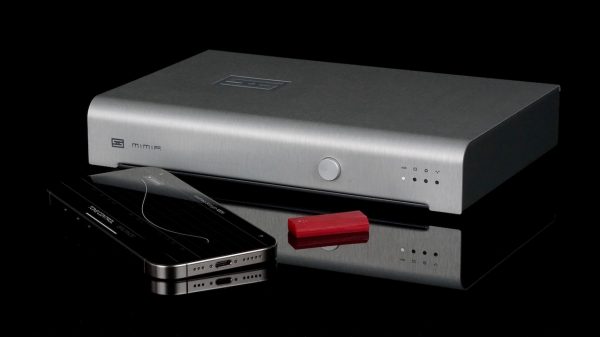





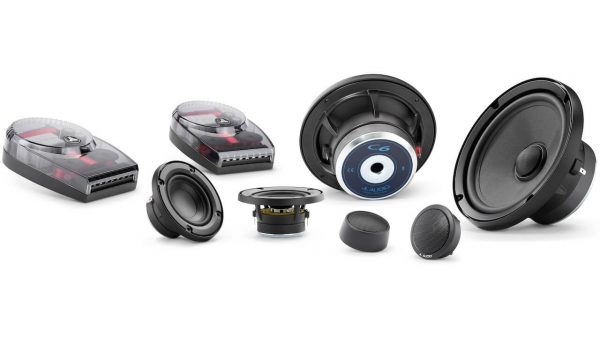

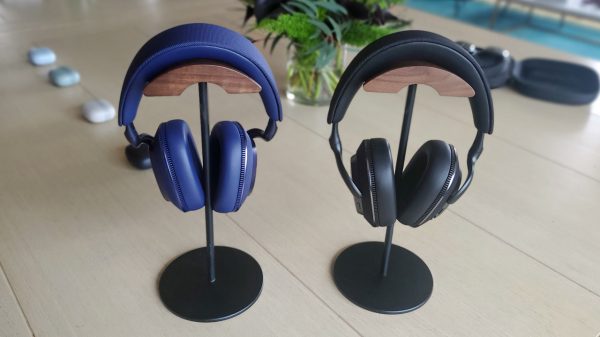


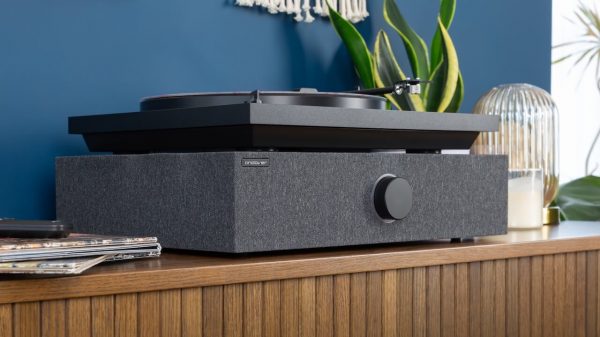
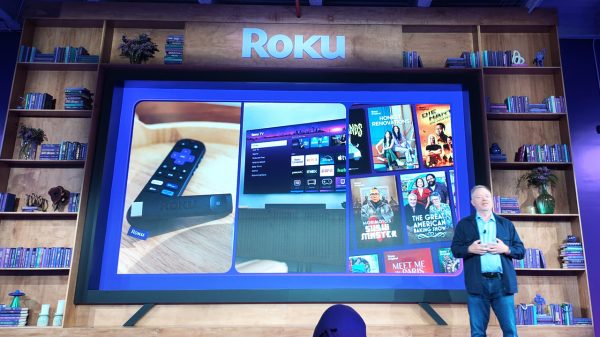



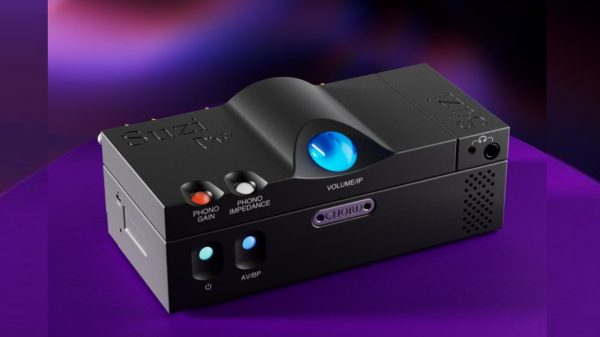

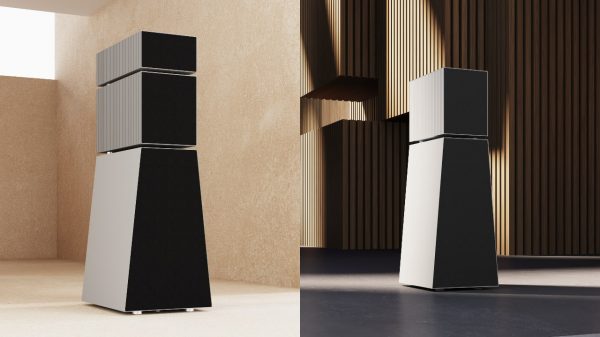









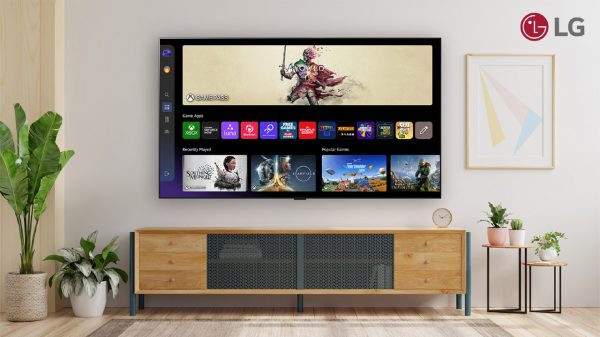

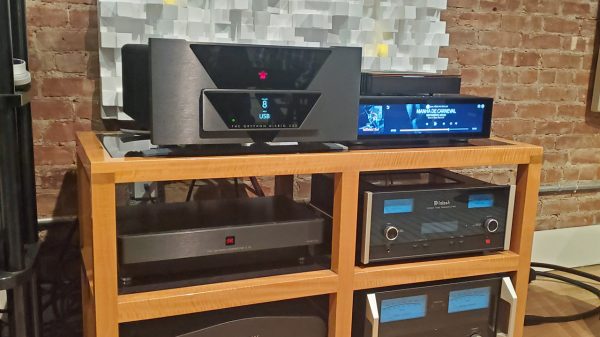














Brady Totter
November 1, 2024 at 3:53 am
What’s the largest room that can be with these? It’s essential to know. Though convenient, these are limited by room size. I have a Sennheiser top-of-the-line soundbar (about $2800 four years ago). With an open-concept family room and kitchen, there isn’t enough reflection to surpass even a base surround sound receiver and medium-grade speakers with a small subwoofer.
Chris Boylan
November 4, 2024 at 12:28 am
Room size and layout is the big limiting factor with soundbars or really any immersive sound system that relies on reflections to recreate side, rear and height channels. Dolby officially states that ceilings can be between 7.5 and 14 feet when using height-reflecting speakers for Dolby Atmos. But physics matters. If you have 14 foot ceilings, you need to have enough distance between the soundbar and the listening position for the sound to bounce off the ceiling and into the listening position. So assuming the soundbar or up-firing speaker is 4 feet above the floor and projects the height speaker at 45 degrees, you’d actually need 20 feet from soundbar to listening position to get the height reflections with 14 foot ceilings. If the projection angle is steeper (like 70 degrees), you’d need much less distance between the up-firing speakers and listening position. Wall reflections and side-firing speakers work the same way. The walls need to be close enough to reflect those side surround channels back to the listening position. I don’t believe that Sonos publishes the precise angles of the top-firing and side-firing speakers on the Arc or Arc Ultra, but I’ve read that the top-firing ones are around 70 degrees. If it does project at 70 degrees, then you’d only need about 7 feet between the bar and listening spot to catch those height channels.
If you have an open floorplan with long distances between the soundbar and side walls, angled ceilings, high ceilings or absorptive ceilings, you’d be much better off with ceiling mounted speakers for the height channels. Sonos does support the use of in-wall/in-ceiling speakers by using a Sonos Amp for the rear channels with the Arc Ultra, but I believe that only applies to the rear surround channels. I don’t believe Sonos Amp can be used with an Arc Ultra for rear height channels. Open floor plans work much better with receivers and dedicated speakers.